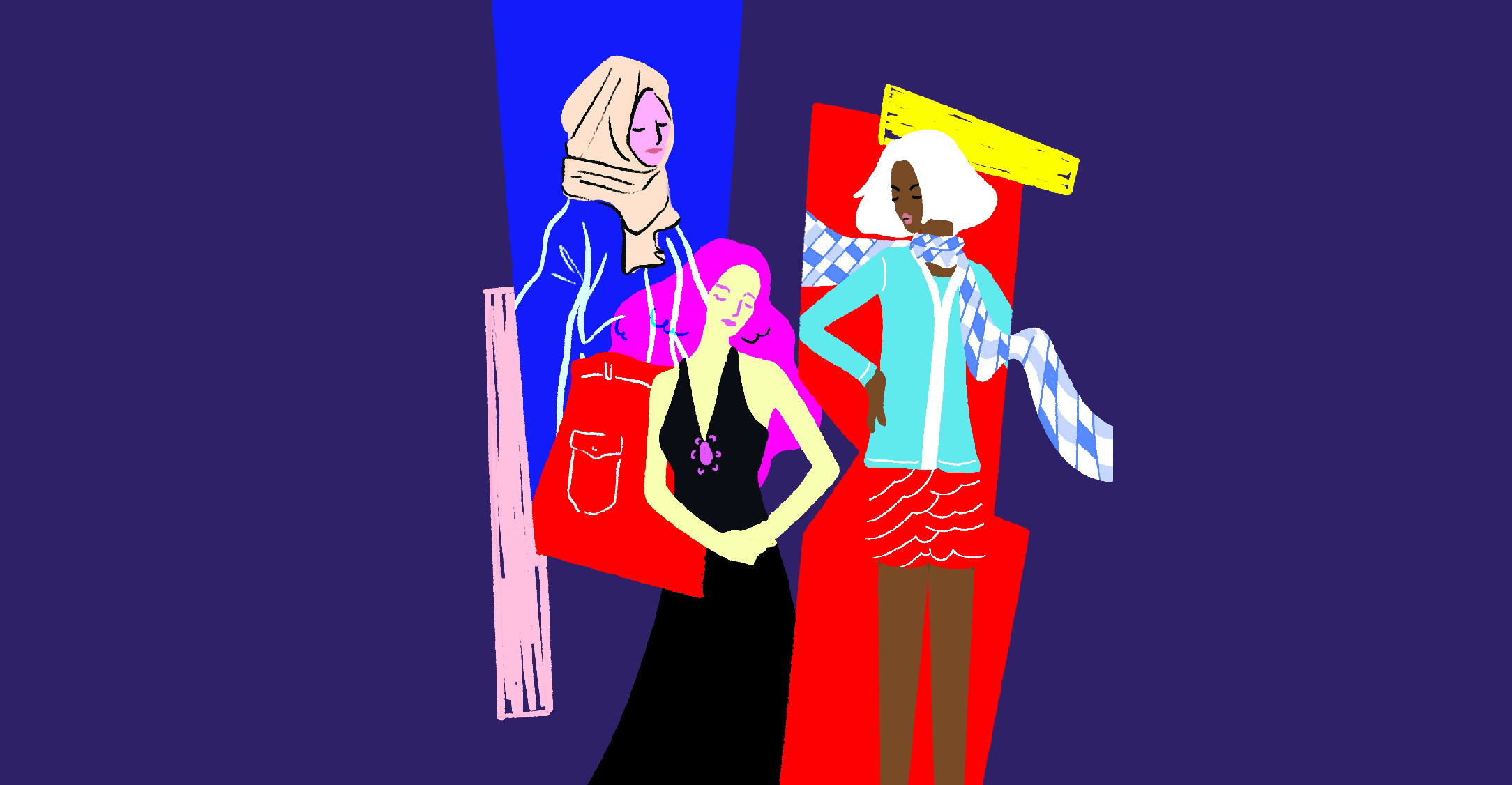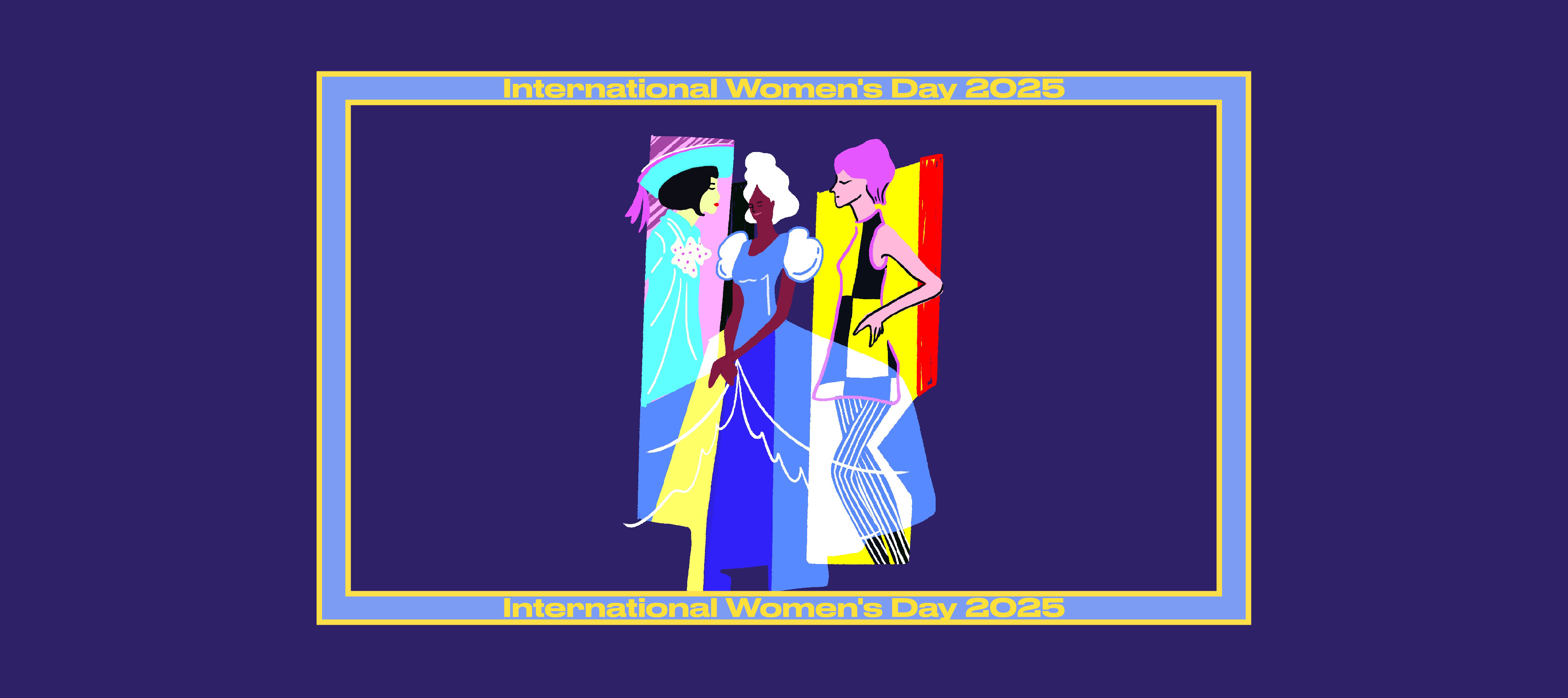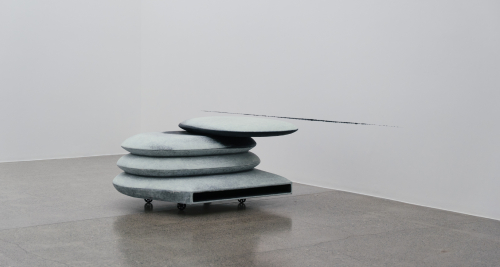Women Breaking Gender Stereotypes in the Design Industry
In the design industry, including in Indonesia, women face various challenges related to gender stereotypes. Despite the increasing number of women holding significant positions in design, influential decisions are still predominantly made by men. There is also a lingering perception that female designers are only suited for projects or clients with a more feminine style or reference—as if femininity in aesthetics is confined to specific standards. Concluding the 2025 International Women’s Day celebrations, Grafis Masa Kini spoke with three female leaders in the design industry to delve deeper into the challenges they face and what can be done collectively to foster a more inclusive work culture and design landscape.
Historically, women have played an essential role in the design world, yet their contributions have often gone unrecognized, particularly in graphic design. Over the past few decades, more women have ventured into graphic design, interactive design, and user experience (UX) design. However, a report by AIGA (American Institute of Graphic Arts) states that while women make up more than 50% of design graduates, only about 11% hold leadership and creative decision-making roles. This research reflects the numbers in the United States, while in Indonesia, there is still no official study on the positions and roles of women in the design industry. However, in reality, we can observe that there are still few female decision-makers in the industry—and even if they exist, their voices are often overshadowed by men.
A woman’s identity seems to be a barrier for designers in taking on decision-making roles and securing various projects. Based on the experience of Wanda Kamarga, Founder and Creative Director of The 1984, women need to exert extra effort and "must be more persistent" to avoid being drowned out in a male-dominated design world. However, being a woman should not be an obstacle for a designer, as Katarina Monika, Creative Director of SOSJ Bureau, emphasized: "A woman’s identity should not limit opportunities to lead a studio or design project, or any other creative opportunity. In the design world, I believe skills and expertise matter more than gender. Skills don't have a gender. In the gender-neutral Indonesian language, words like ‘leader,’ ‘teacher,’ ‘chairperson,’ ‘doctor,’ or ‘designer’ do not distinguish gender, indicating that our professional world does not inherently view individuals based on their gender."

Regarding leadership, Monika believes that leadership is a responsibility that must be balanced with a non-stop learning mentality. “Leadership is not determined by gender but rather by personality, character, and the mentality to always be prepared to face changing dynamics and challenges every second,” she asserted. Monika firmly believes that a good leader is defined by their ability to understand, motivate, collaborate, engage in dialogue, adapt, take responsibility, and make well-considered decisions. Astri Purnamasari, Co-Founder of Cipsi Studio, added that while there are now more opportunities for women to lead, it remains unclear whether these opportunities arise due to their expertise or simply because female leadership is still a rarity. This suggests that while representation is improving, the validation of women's capabilities remains an issue. Female participation is often seen as part of a “woke trend” rather than a genuine solution to systemic problems.
One persistent stereotype in both the design industry and the workplace in general is the belief that women are more emotional and less decisive in making decisions. Monika views emotional sensitivity and empathy as strengths, especially in creating human-centered design. “For me, empathy and sensitivity are qualities that help me connect with others, understand them, and feel what they feel.” The challenge lies in balancing emotion and logic in decision-making. “A leader’s decisions have broad implications, so it’s crucial to find a balance between emotion and logic in every decision made.” Meanwhile, Astri highlighted the stereotype that female designers create more feminine designs. In reality, designers—regardless of gender—work based on briefs and project needs, not personal preferences, just like their male counterparts. This stereotype restricts exploration and makes female designers less likely to receive diverse projects due to others' doubts. Wanda added that another common assumption is that women cannot be strong decision-makers. “In fact, I’ve had to become even more efficient in decision-making, especially after starting a family and having children,” she said. This illustrates that women often have to prove their capabilities more rigorously than men in similar positions. Women's dual roles—as mothers and professionals—are frequently underestimated and perceived as obstacles. However, as Wanda’s experience shows, balancing these roles has only strengthened her ability to make firm decisions.

Addressing gender stereotypes and biases in the design industry is not solely the responsibility of women but of the entire industry ecosystem. Monika emphasized the importance of fostering an inclusive work culture, from recruitment to project distribution, with systems that prioritize competence over gender. Pay equity and policies that support equality should also be industry standards. “Equal pay and an inclusive culture must be embedded in every creative process and decision-making stage,” Monika stressed. Astri added that appreciation for women’s work should be equal to that of men, not simply because female leadership is considered unique, different, or even a trend. She further stated, “Create more opportunities for women to lead and produce impactful, high-quality work.” Wanda also emphasized that inclusivity in design should be introduced early, and aesthetic standards should not be dominated by masculine styles alone.
Despite the challenges, female designers continue to break stereotypes that limit their careers. Through their work, they prove that gender does not determine the quality of design, paving the way for greater inclusivity in creative output. It is a shared responsibility among industry players and design enthusiasts to eliminate gender-based stigma. Only through diverse perspectives and broader representation can design truly reflect the richness of its creators and the society it serves. By embracing talent without gender discrimination, the industry not only fosters richer and more meaningful designs but also creates a fairer and more equitable work environment.










